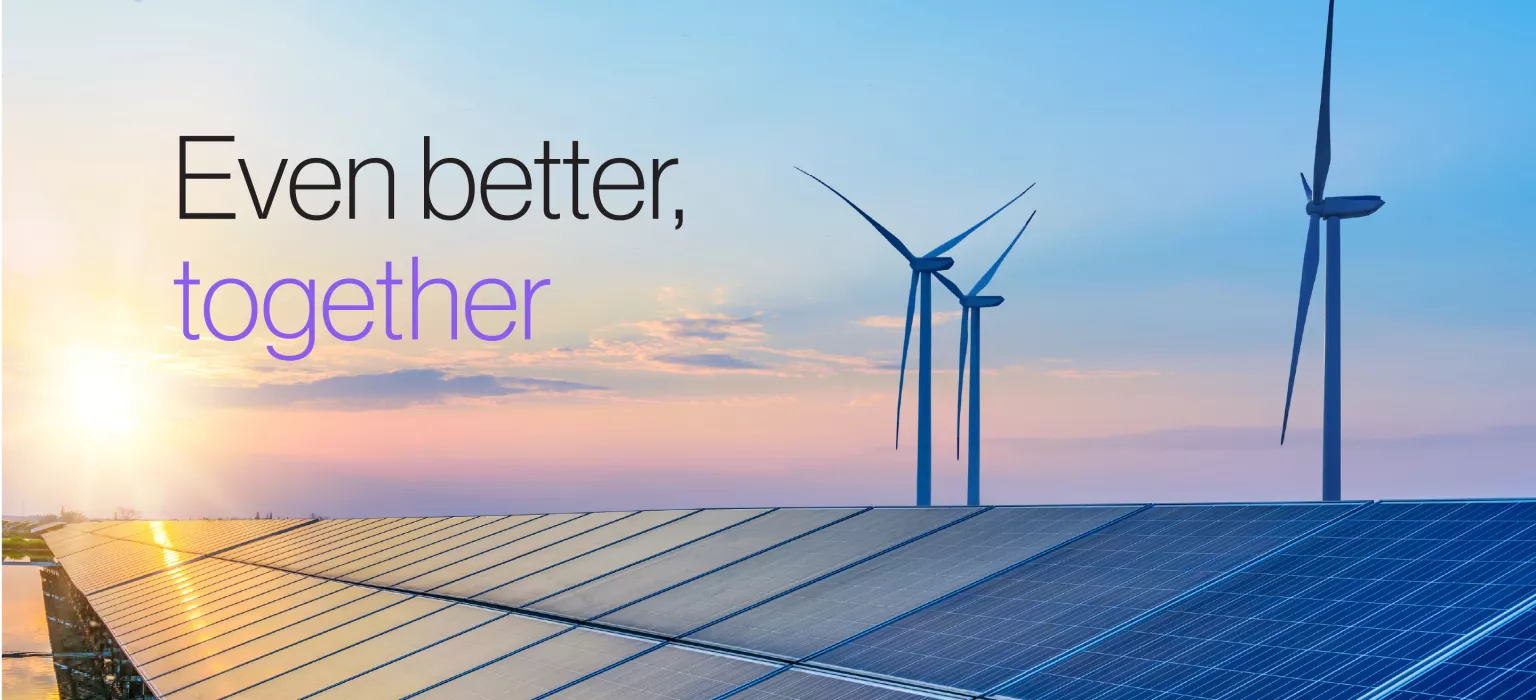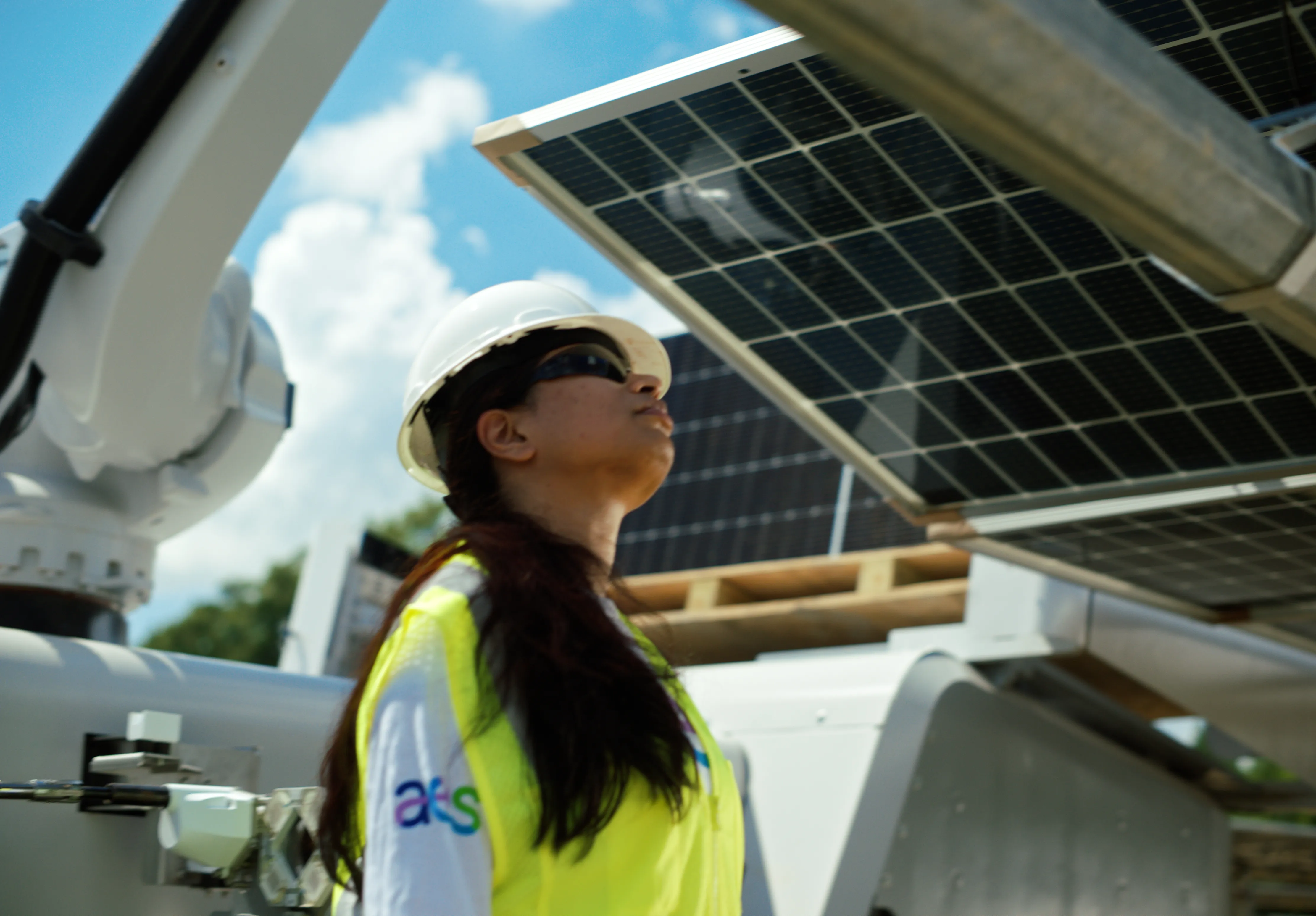10 Key Takeaways from CERAWeek

“There’s never been a CERAWeek with more happening in the world at a greater pace of change than we see today.”
- Carlos Pascual, VP of S&P Global and a CERAWeek conference leader.
CERAWeek 2022 focused on the neck-breaking pace of change in the energy industry – the new innovations and partnerships that are disrupting the energy industry, the pathways to a clean energy future, and how global economies and politics are raising worldwide challenges. Here are our 10 top takeaways from CERAWeek

Oil’s connection to energy insecurity claimed center stage
Russia’s invasion of Ukraine stepped up conversations about fossil fuels’ contribution to energy security and highlighted the risk of continued reliance on oil and other fossil fuels.As the war in Ukraine has brought extreme volatility for oil and gas prices, energy industry leaders noted that the crisis has shifted attention to supply concern.
How much oil does the US import from Russia exactly? Over 73 million barrels of Russian oil were imported in 2021, which leads to the next question: How can America get off oil? The resounding answer at CERAWeek is renewables.
The only foolproof way to increase energy security and protect consumers from oil price swings is to reduce our reliance on fossil fuels altogether
This increasing urgency to switch to a reliance on renewables is reflected in the recent Executive Order (E.O.) President Biden signed on March 8 that banned the import of Russian oil, liquefied natural gas, and coal to the United States.
“The only way to eliminate Putin’s and every other producing country’s ability to use oil as an economic weapon, is to reduce our dependency on oil…This crisis reinforces our resolve to make America truly energy independent, which means reducing our dependence on fossil fuels. This is a shared goal with our European allies, that we will work together to achieve.”
Ultimately, the key to energy security means speeding up – not slowing down – the transition to clean energy.
Natural gas has a key role to play
Natural gas was called the key to rapid, low-cost decarbonation worldwide, reflecting a change in tone from even just a few months ago at COP26.
According to Reuters, “Once considered the cleaner-burning fuel compared with coal and oil, gas lost its luster over growing recognition of production and transportation leaks that contribute to global warming. However, it has reclaimed some of its allure with major consumers turning back to burning even dirtier coal and oil.”
Natural gas was previously lumped in with oil and other fossil fuels, but as the Ukraine energy crisis has developed, it’s being reestablished as a greener energy solution and necessary, cost-effective fuel in the clean energy transition.
On the path to net zero, speed matters most
Net zero by 2050 means being on track today. "We have to do enough in 2020 to 2030 to be able to achieve net zero by 2050. It’s too steep a reduction if you don’t do what you need to do between 2020 and 2030,” said John Kerry, U.S. Special Presidential Envoy for Climate.
There’s also a key difference between net-zero emissions targets and zero-carbon targets.
Net zero means that any carbon emissions created are balanced by taking the same amount out of the atmosphere, which heavily relies on new technology developments like carbon capture (see takeaway #7).
Zero carbon means that no carbon emissions are being produced by using clean energy sources like wind and solar
It’s clear the future of energy is not some hours renewable, some hours coal. To reach climate targets by 2050, we need to prevent emissions from being generated in the first place through emissions-free solutions, like 24/7 carbon-free energy.
Energy access needs to be solved in two key ways to ensure a just transition
The key word here is transition. While we need to accelerate the adoption of clean energy, we also need to recognize the reality of energy poverty in nations around the world.
U.S. Special Presidential Envoy for Climate John Kerry called natural gas “a key component of transition.” Using African countries as an example, he went on to say a “large number of developing countries that only make up a small fraction of global emissions, which he estimated at .55%, will need access to cleaner and affordable energy to meet climate goals and expand their economies.”
- A one-size-fits-all approach simply won’t work. To meet the challenge of the energy transition, the best innovations in clean energy need to be available to everyone.
Saudi Aramco CEO Amin Nasser noted that we need to listen to legitimate concerns about the energy industry in order ensure an inclusive and just transition. “Let’s not pretend what works in developed countries will work in other developed or undeveloped countries…it means talking freely about the role of EVs, wind and solar in a sustainable energy future. And, it means intensifying and accelerating the reduction in greenhouse gas emissions from oil and gas as an urgent and strategic priority.”
Developing new technologies to replace fossil fuels is key to the energy transition, and hydrogen is the biggest rising star
Many of the discussions at CERAWeek were focused on carbon capture and storage, electric vehicles, and the biggest star of the alternatives fuel conversation, hydrogen. Hydrogen attracted significant hype due to potential role in economy-wide decarbonization, especially in hard-to-decarbonize segments like transportation, industrial processes and shipping. We’re already seeing significant investment in hydrogen around the world – over 350 projects worth $500 billion have been announced according to the Hydrogen Council, and the International Energy Agency says demand could increase sixfold by 2050.
At CERAWeek, some leaders were more confident than others about how soon green hydrogen could take off on a broad scale, emphasizing the need for incentives, positive regulatory frameworks and government support.
“The next 1,000 unicorns won’t be search engines or social media companies, they’ll be sustainable, scalable innovators – startups that help the world decarbonize and make the energy transition affordable for all consumers.”
- Larry Fink in the 2022 Blackrock CEO Letter.Corporations are driving how we deliver renewables, and their demands are changing
The future is electric, and corporate buyers are only continuing to increase their leading position in the demand for renewable energy. What we are starting to see, especially for tech leaders like Google who have already reached a net-zero or carbon-negative benchmark, is a shift to more impactful renewable procurement methods through solutions like 24/7 carbon-free energy.
As noted in a recent report by BloombergNEF, Google actually held the corporate clean energy crown previously in terms of the most renewable power purchase agreements signed, but they have since turned their attention to sourcing 24/7 carbon-free power.
Based on the urgency around zero-carbon energy at CERAWeek, we anticipate that customers will continue to migrate from a mindset centered around building single renewable projects to a focus on solutions that decarbonizes their entire load. Renewable developers will need to shift their strategies to meet the evolving demands of these customers.
Digitalization is driving decarbonization in the electricity sector
To add renewables on the grid at the exponential rate that is required to reach 2050 targets, we need to address major gaps that are currently challenging clean energy adoption. Innovation – especially in digitization and grid modernization – is one of the biggest keys to rapidly delivering cost-effective clean energy in the right place, in the right way, and at scale.
This means new technologies, like grid virtualization technologies to see what’s happening on the grid in real-time to make better decisions and integrate the maximum amount of clean energy onto the grid; enabling residential customers to become energy efficient and easily opt in to clean energy; and Artificial Intelligence (AI) to transform the exiting power system.
CERAWeek participants gave resounding support for an interconnection “fast lane” to push through fully permitted and funded renewable projects
As noted in a CERAWeek session, “…developing new transmission is often slowed down by complex planning and permitting processes, cost allocation issues, and/or legal challenges—with long interconnection queues and network upgrade costs delaying many new wind and solar resources from coming online.”
As we look to rapidly scale renewables, the long-standing challenge of executing renewables projects just as rapidly is making it painfully clear we need to make a change.
Companies need to scale up mass manufacturing, rather than just delivering large one-off projects; project development needs to be measured in months, not years; and regulatory policies need to be designed to help push renewables through the interconnection queue. Fully permitted and funded projects especially should be given a fast-track to interconnection, which requires collaboration between regulatory policy, governments, corporations and the broader electric industry. This brings us to the final takeaway…
The success of the energy transition relies on one thing: partnership
We’re all in this together, and the success of the energy transition relies on partnership. Throughout CERAWeek, panelists suggested collaboration – sharing the cost and sharing the glory – may be the key to the energy industry’s success in the transition. There also needs to be greater collaboration between the governments setting the framework for the transition and the energy industry contributing to the investment in the transition.
US Energy Secretary Jennifer Granholm said, “It’s often hard to see history in the making. But we’re on the cusp of the most important transition human society has ever seen. I hope we’ll look back at 2022 as the year the world took giant steps to improve energy security and tackle climate change. And to do that—to be on the right side of history—we need to work together.”
We only have 29 years left to reach our 2050 targets, which means we need to make a bigger impact at scale. To do this, we need to look beyond small, isolated projects to create big, portfolio-level solutions, which only happens effectively in partnership.
As CEO of energy infrastructure firm Snam Spa Marco Alverà said, “Without big, bankable projects at the next [United Nations Conference of the Parties] COP, I think we can say bye to 1.5 degrees.”



